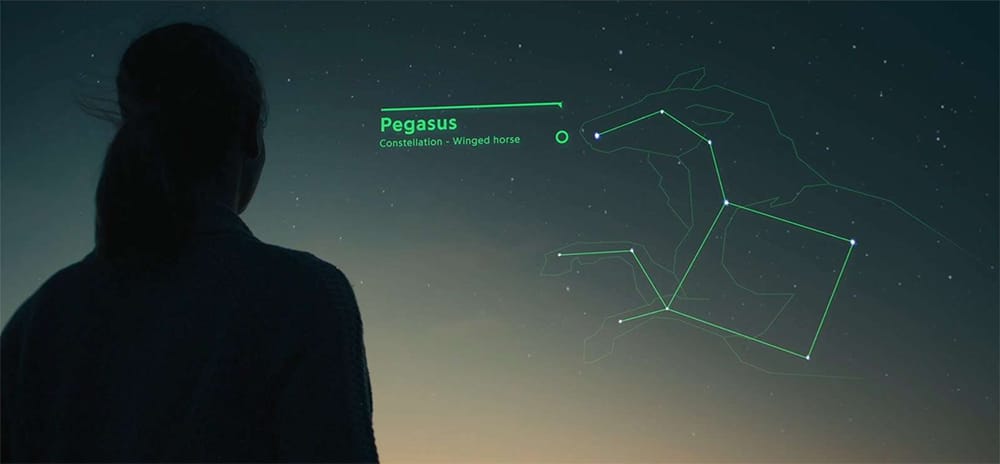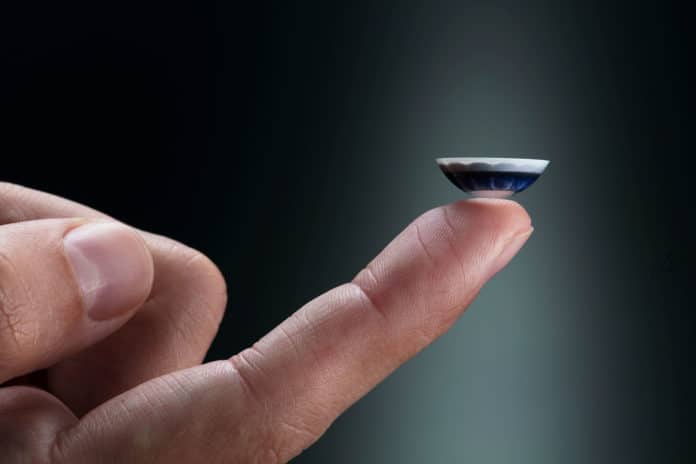It sounds like an idea from a science fiction film: smart contact lenses that enrich what you see with additional information. And this vision is closer than you would expect – at least if you can believe the promises of a startup from Silicon Valley, California.
On the sidelines of the electronics fair CES, Mojo Vision presented the first prototype of its smart contact lenses called “Mojo Lens.” These are supposed to give “superpower” to their wearers. Specifically, this means that all sorts of information about what has been seen are dazzled – from current fitness data during sports to details to help you find your way around in the dark.
The core of the technology is a tiny display that is attached to the middle of the contact lens. The “complete” AR lens will eventually include a high-definition Micro-LED mini-slab, high-speed data transfer, an integrated battery, and tracking of the retina’s movements!

The MicroLED screen offers a pixel density of around 14,000 PPI. This high resolution is also necessary in order to provide a usable image at such a short distance. The display of information is currently limited to simple lines in one color – in this case, green.
But what Mojo Vision showed there was primarily a prototype for the corresponding display. It is not yet a finished product.
In view of the extreme sophistication and miniaturization of this technology, one would be tempted to believe that the project is a bit of a freakout, but, this is to forget a little quickly that the 84 employees of Mojo Vision all come from large US tech (Amazon, Apple, Google, Microsoft, Motorola, etc.) and that several prototypes are therefore already in the testing phase.
Ultimately, the Mojo Lens could also serve as an eye-aid device for people with glaucoma. Before getting there, Motion Lens will no doubt have to raise new funds for its own funding. So far, the startup has just received $108 million from a consortium of large investors.
